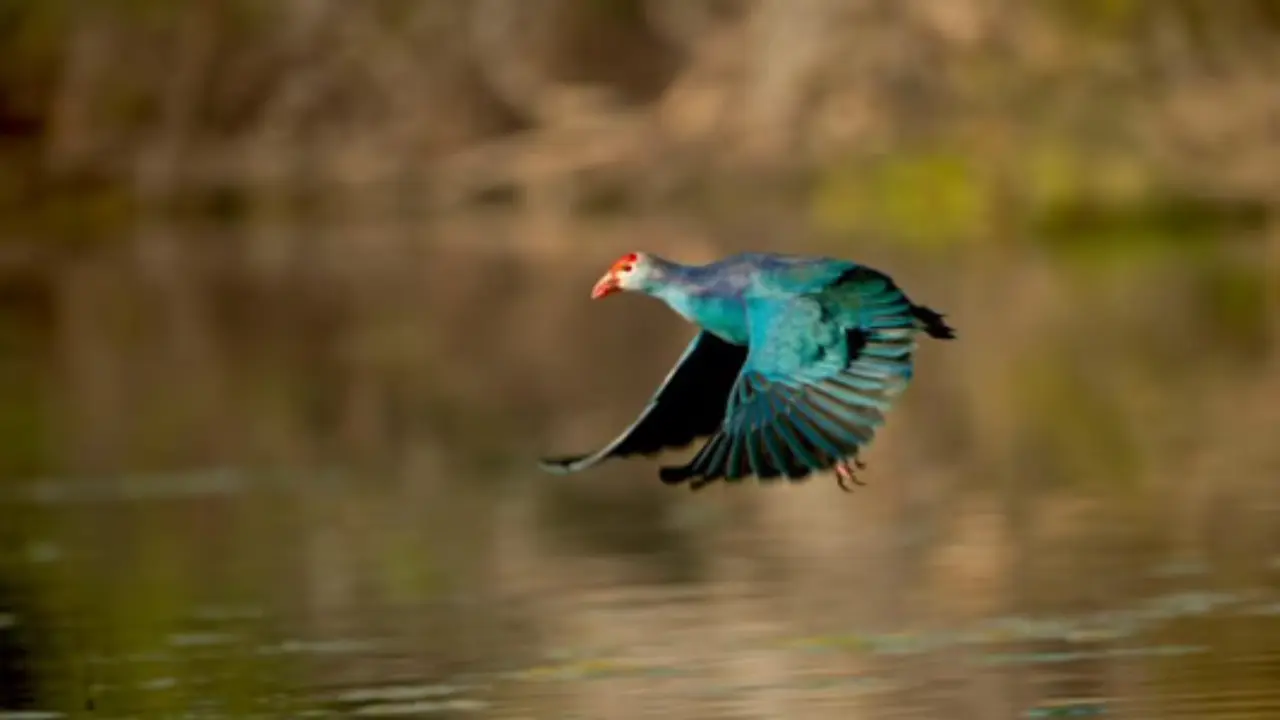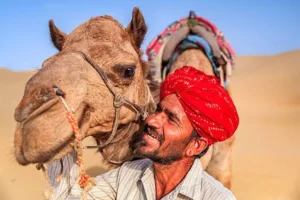Keoladeo National Park, also known as Keoladeo Ghana National Park or Bharatpur Bird Sanctuary, is a renowned avifauna sanctuary located in Bharatpur, Rajasthan, India.
This UNESCO World Heritage Site is famous for its large congregation of birds, including both migratory and resident species.
The park serves as a major tourist attraction for birdwatchers, wildlife enthusiasts, and nature lovers from around the world.
Historical Background and Significance
Keoladeo National Park has a rich history that spans over two and a half centuries:
| Period | Event |
|---|---|
| 1726-1763 | Creation of Ajan Bund by Maharaja Suraj Mal |
| 18th century | Developed as a duck shooting reserve by the Maharajas of Bharatpur |
| 1938 | Lord Linlithgow, Viceroy of India, shot 4,273 birds in a single shoot |
| 1971 | Declared a protected sanctuary |
| 1981 | Designated as a Ramsar site |
| 1982 | Declared a national park |
| 1985 | Designated as a UNESCO World Heritage Site |
The park’s transformation from a royal hunting ground to a protected area marks a significant shift in environmental consciousness and conservation efforts in India.
Ecological Significance
Biodiversity
Keoladeo National Park is a biodiversity hotspot, hosting an impressive array of flora and fauna:
| Category | Number of Species |
|---|---|
| Birds | Over 375 |
| Plants | More than 379 |
| Fish | 50 |
| Reptiles | 13 |
| Amphibians | 7 |
| Mammals | 27 |
Avian Paradise
The park is particularly famous for its bird population. Some notable avian species include:
| Bird Species | Status | Best Time to Observe |
|---|---|---|
| Siberian Crane | Critically Endangered | Winter (October to March) |
| Greater Spotted Eagle | Vulnerable | Winter |
| Sarus Crane | Vulnerable | Year-round |
| Painted Stork | Near Threatened | Monsoon and post-monsoon (July to November) |
| Bar-headed Goose | Least Concern | Winter |
Origin of Bird Species
The park attracts birds from various regions:
| Origin | Examples |
|---|---|
| Local Resident Birds | Indian peafowl, kingfishers, herons, egrets |
| Northern India | Raptors (eagles, hawks) |
| Central Asia | Common crane |
| Europe | Eurasian spoonbill, ducks, geese |
| Siberia | Siberian crane |
| Other Parts of Asia | Greater flamingo, waders (sandpipers, plovers) |
Conservation Challenges and Efforts
Keoladeo National Park faces several conservation challenges:
| Challenge | Description | Mitigation Efforts |
|---|---|---|
| Water Scarcity | Erratic water supply affecting wetland ecosystem | Regulating water supply, ensuring minimum water levels |
| Invasive Species | Prosopis juliflora, water hyacinth degrading habitats | Removal of invasive species, habitat restoration |
| Human-Wildlife Conflict | Poaching, grazing, firewood collection | Anti-poaching measures, community involvement |
| Climate Change | Altering migration patterns and habitat suitability | Long-term monitoring, adaptive management |
| Visitor Disturbance | Impact of tourism on wildlife | Responsible tourism guidelines, restricted access areas |
Conservation efforts include:
- Habitat management and restoration
- Scientific research and monitoring
- Community engagement and education
- Collaboration with national and international organizations
Cultural Significance and Heritage
The influence of the Maharajas of Bharatpur has significantly shaped the park’s heritage:
| Aspect | Description |
|---|---|
| Origin as Hunting Ground | Recognition of area’s potential for waterfowl hunting |
| Early Conservation | Implementation of sustainable hunting practices |
| Historical Structures | Hunting lodges and watchtowers within the park |
| Cultural Dimension | Intersection of natural beauty and human history |
| Tourism | Popularity due to royal association |
| UNESCO Recognition | World Heritage Site status partly due to cultural significance |
Visitor Information
For those planning to visit Keoladeo National Park:
| Information | Details |
|---|---|
| Location | Bharatpur, Rajasthan, India (200 km south of Delhi) |
| Best Time to Visit | November to February (winter months) |
| Entry Fees | Vary for domestic and international visitors |
| Guided Tours | Available, recommended for enhanced experience |
| Accommodation | Range of options in Bharatpur town |
| Transportation in Park | On foot, bicycle, or rickshaw |
| Facilities | Museum, interpretation center, watchtowers, hides |
Conclusion
Keoladeo National Park stands as a testament to the importance of wetland ecosystems and the success of conservation efforts.
Its transformation from a hunting ground to a globally recognized biodiversity hotspot highlights the positive impact of environmental protection policies.
As we continue to face global environmental challenges, places like Keoladeo serve as crucial reminders of the intricate balance between human activities and natural ecosystems.
By preserving and studying this unique habitat, we not only protect countless species but also gain invaluable insights into sustainable coexistence with nature.tural heritage.



